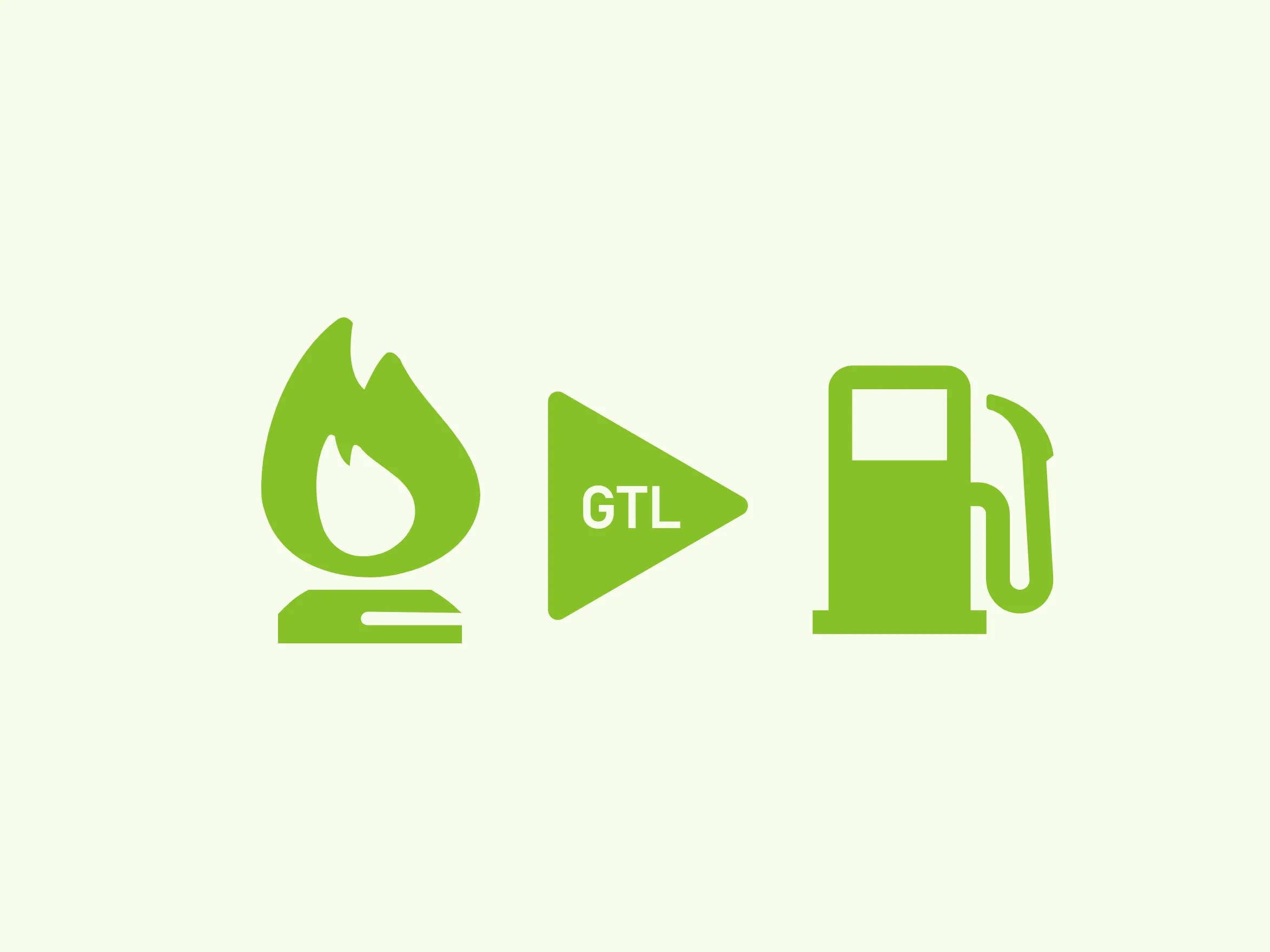Resurgence
The technology of converting natural gas and other gaseous hydrocarbons into long-chain hydrocarbons, for example, fuels such as gasoline and diesel, has existed since the Second World War, specifically with the process of Fischer-Tropsh.
The resurgence of this technology in recent years has been possible with the increase in natural gas production in countries such as the US due to the rise of hydraulic fracturing (fracking). The increase has generated a reduction in the price of natural gas, an increase in the gap with respect to crude oil and allowed the use of GTL as an option for the production of liquid fuels.
2020. Natural gas production in the US was 33.5 trillion cubic feet (Tcf), an average of about 91.5 billion cubic feet per day and the second-highest annual amount recorded.
U.S. Energy Information Administration
A lesser amount of pollutants
Additionally, the fuels produced by GTL are less polluting than those produced from oil refining.

Fischer-Tropsch Process
One of the most commonly used processes for GTL is the process of Fischer-Tropsch (FT) process, which involves several chemical reactions that convert a mixture of carbon monoxide (CO) and hydrogen (H2) into long chain hydrocarbons.

ECOTEK's Experience
Currently, ECOTEK participates in GTL projects for the conversion of biomass and natural gas through basic and extended basic engineering projects to obtain better cost estimates. This will allow our clients to continue with the valuation of their projects.

